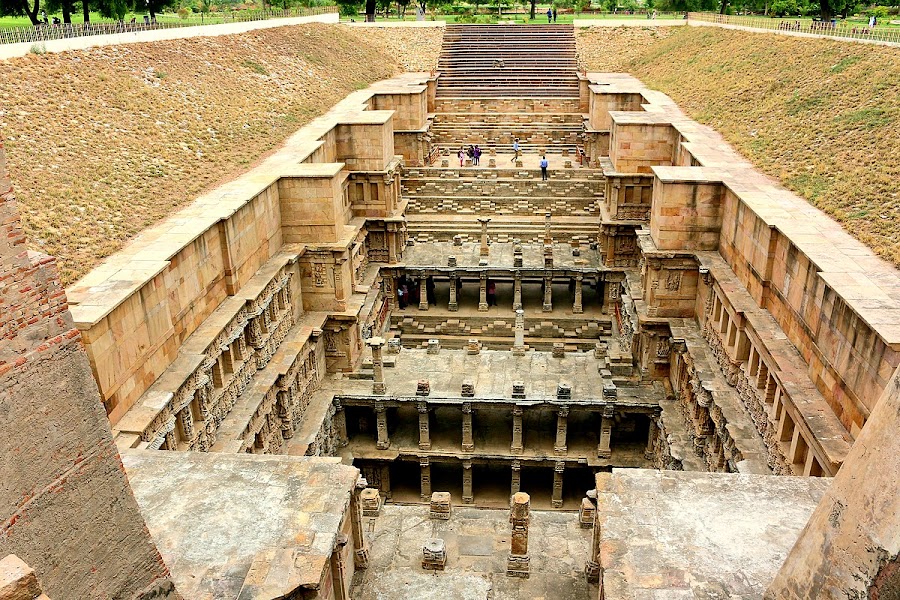
Rani Ki Vav
Gandhinagar, India
- Admire the intricate carvings and sculptures.
- Capture photos of the stunning architecture.
- Explore the seven levels of the stepwell.
- Learn about the Solanki dynasty.
- Visit the nearby Patan Patola weaving center.
Known for:
Description:
Rani ki Vav, a UNESCO World Heritage Site, is an intricately constructed stepwell located in Patan, Gujarat, not Gandhinagar. It's a stunning example of subterranean architecture, built in the 11th century. The stepwell descends seven levels deep, showcasing exquisite carvings of deities, celestial beings, and everyday life. The walls are adorned with hundreds of sculptures, offering a glimpse into the artistic and engineering prowess of the Solanki dynasty. The stepwell not only served as a water source but also as a spiritual and community gathering place. Its impressive scale and detailed artwork make it a must-see destination for history and architecture enthusiasts.
History:
Rani ki Vav was commissioned by Queen Udayamati in memory of her husband, King Bhimdev I of the Solanki dynasty, around 1063 AD. It was later flooded by the Saraswati River and remained buried for centuries, preserving its intricate carvings. The stepwell was rediscovered and restored by the Archaeological Survey of India (ASI) in the 1980s. The stepwell's design reflects a deep understanding of water management and structural engineering. It served not only as a functional water source but also as a place of worship and social interaction. The sculptures depict various Hindu deities, mythological figures, and scenes from daily life, providing valuable insights into the cultural and religious beliefs of the time.